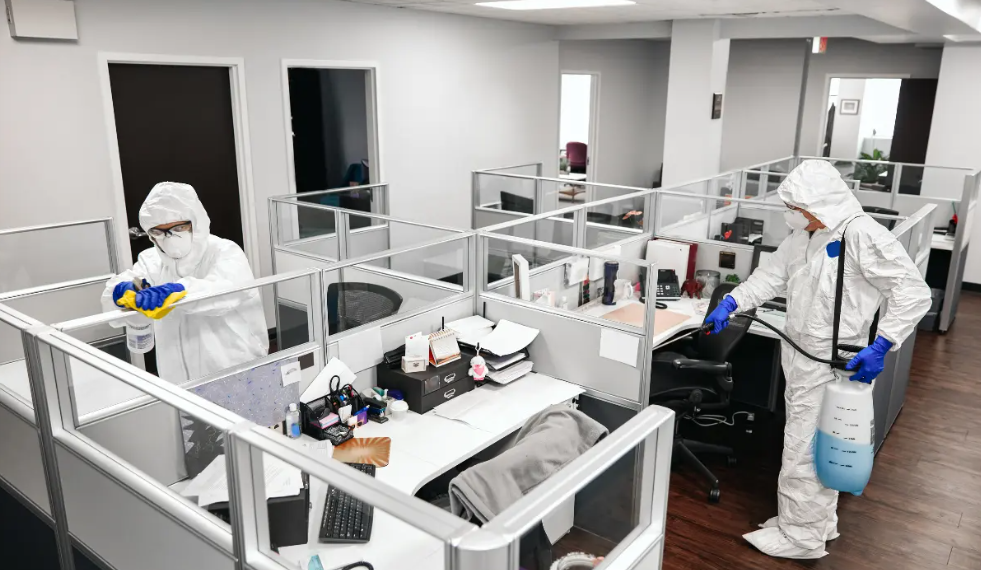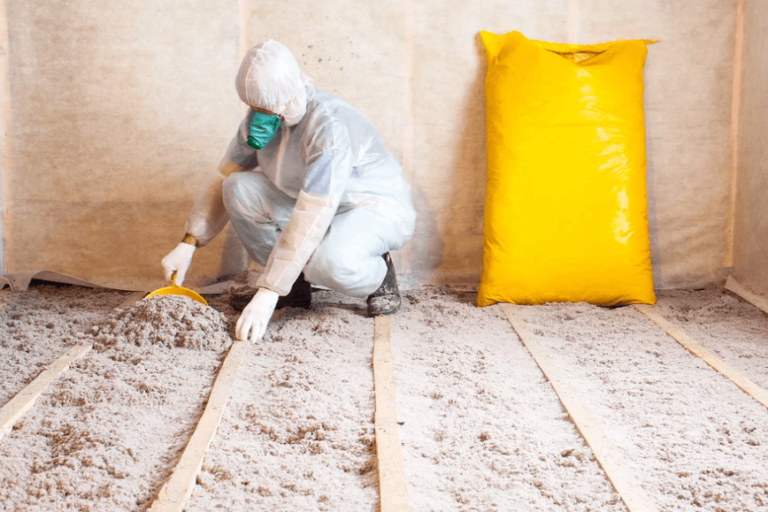How to Handle Bedbugs in Office Spaces
Bedbugs are a growing concern not only in homes but also in office spaces. These tiny, blood-sucking pests can cause discomfort, anxiety, and even health issues for employees. Since offices are high-traffic areas with shared furniture and equipment, bedbugs can easily spread, leading to infestations that disrupt productivity and create an unpleasant work environment.
Addressing a bedbug control ( væggelus bekæmpelse ) in an office requires a proactive approach, including identification, prevention, and professional treatment. This article provides a comprehensive guide on how to handle bedbugs in office spaces effectively.
Identifying Bedbugs in the Office
Before taking any action, it’s essential to confirm the presence of bedbugs. Common signs include:
- Bite Marks: Employees may notice itchy, red welts on their skin, often in a line or cluster.
- Blood Stains: Small reddish-brown spots on chairs, couches, or carpets may indicate crushed bedbugs.
- Dark Spots: Tiny black or brown fecal droppings on furniture or walls.
- Shed Skins: Bedbugs molt as they grow, leaving behind translucent exoskeletons.
- Musty Odor: A strong, unpleasant smell may develop in heavily infested areas.
If any of these signs are present, immediate action should be taken to prevent further spread.
Steps to Handle Bedbug Infestations in the Office
1. Isolate and Inspect Affected Areas
Once bedbugs are suspected, isolate the infested area to prevent them from spreading. Inspect furniture, carpets, and electrical outlets where bedbugs may hide. Employees working near the affected space should also check their personal belongings.
2. Notify Management and Employees
Transparency is crucial in handling a bedbug situation. Inform employees about the issue without causing panic. Provide guidance on how to check their workspaces and personal items. Encourage reporting of any additional sightings. For more read https://vaeggelus-fri.dk/
3. Hire a Professional Pest Control Service
DIY treatments are often ineffective against bedbugs. A licensed exterminator can assess the infestation and recommend the best treatment, which may include:
- Chemical Treatments: Insecticides applied to affected areas.
- Heat Treatments: High temperatures to kill bedbugs and their eggs.
- Vacuuming and Steam Cleaning: Removing bugs from carpets and upholstery.
See also: Exploring the World of Smart Homes: Are You Ready for the Future?
4. Deep Clean the Office
While waiting for professional help, conduct a thorough cleaning:
- Vacuum all furniture, carpets, and cracks.
- Wash removable fabrics (like chair covers) in hot water.
- Use a steamer on upholstered furniture to kill hidden bugs.
- Seal and dispose of vacuum bags immediately.
5. Implement Preventive Measures
After treatment, take steps to prevent future infestations:
- Reduce Clutter: Bedbugs thrive in cluttered spaces, so keep the office tidy.
- Regular Inspections: Schedule routine checks, especially in high-risk areas.
- Encourage Personal Hygiene: Employees should avoid bringing infested items into the office.
- Use Protective Covers: Encasing office chairs and sofas in bedbug-proof covers can help.
Educating Employees on Bedbug Prevention
Preventing bedbugs requires cooperation from everyone in the office. Employees should:
- Inspect Personal Belongings: Avoid placing bags or coats on the floor or shared furniture.
- Be Cautious with Second-Hand Furniture: Don’t bring in used office furniture without inspection.
- Report Suspicious Signs Early: Early detection makes eradication easier.
Legal and Health Considerations
Employers have a responsibility to provide a safe and healthy workplace. If bedbugs are ignored, businesses may face:
- Employee Complaints or Lawsuits: Workers may claim negligence if infestations affect their health.
- Reputation Damage: Clients and employees may avoid the office if bedbugs persist.
- Workers’ Compensation Claims: Severe allergic reactions or stress-related issues could lead to claims.
Conclusion
Bedbugs in office spaces are a serious issue that requires prompt and professional handling. By identifying early signs, taking immediate action, and implementing preventive measures, businesses can maintain a pest-free environment. Regular inspections, employee awareness, and professional pest control services are key to keeping bedbugs at bay.






